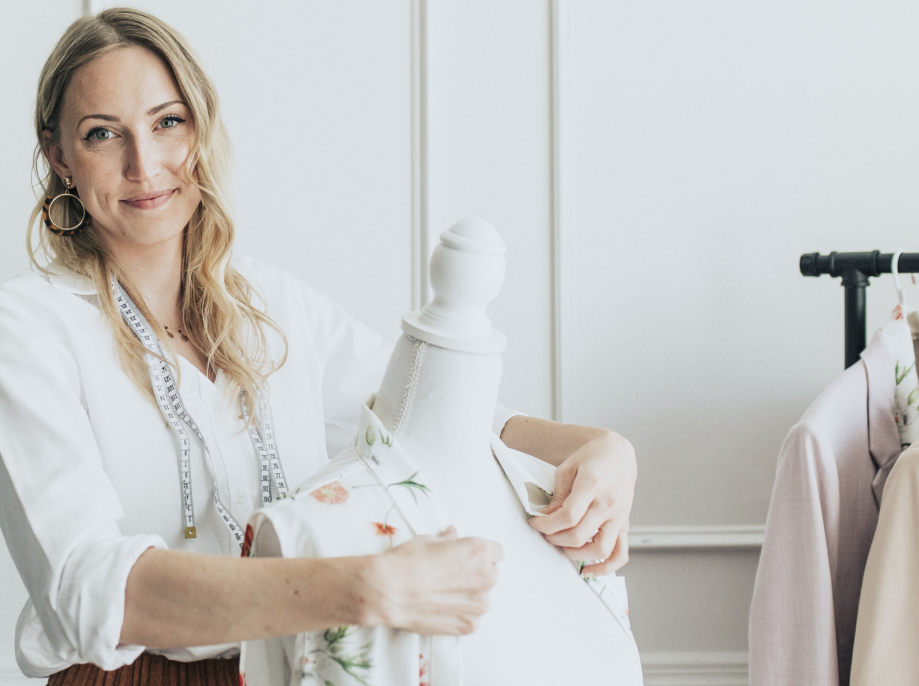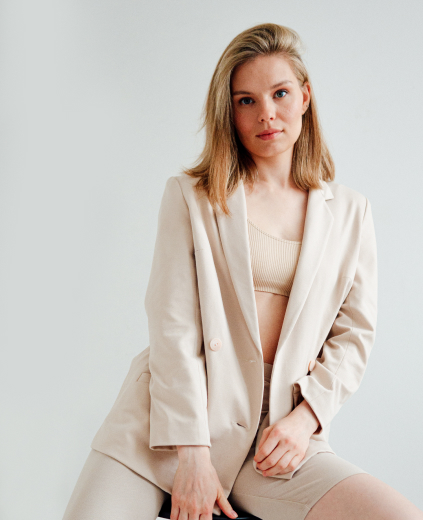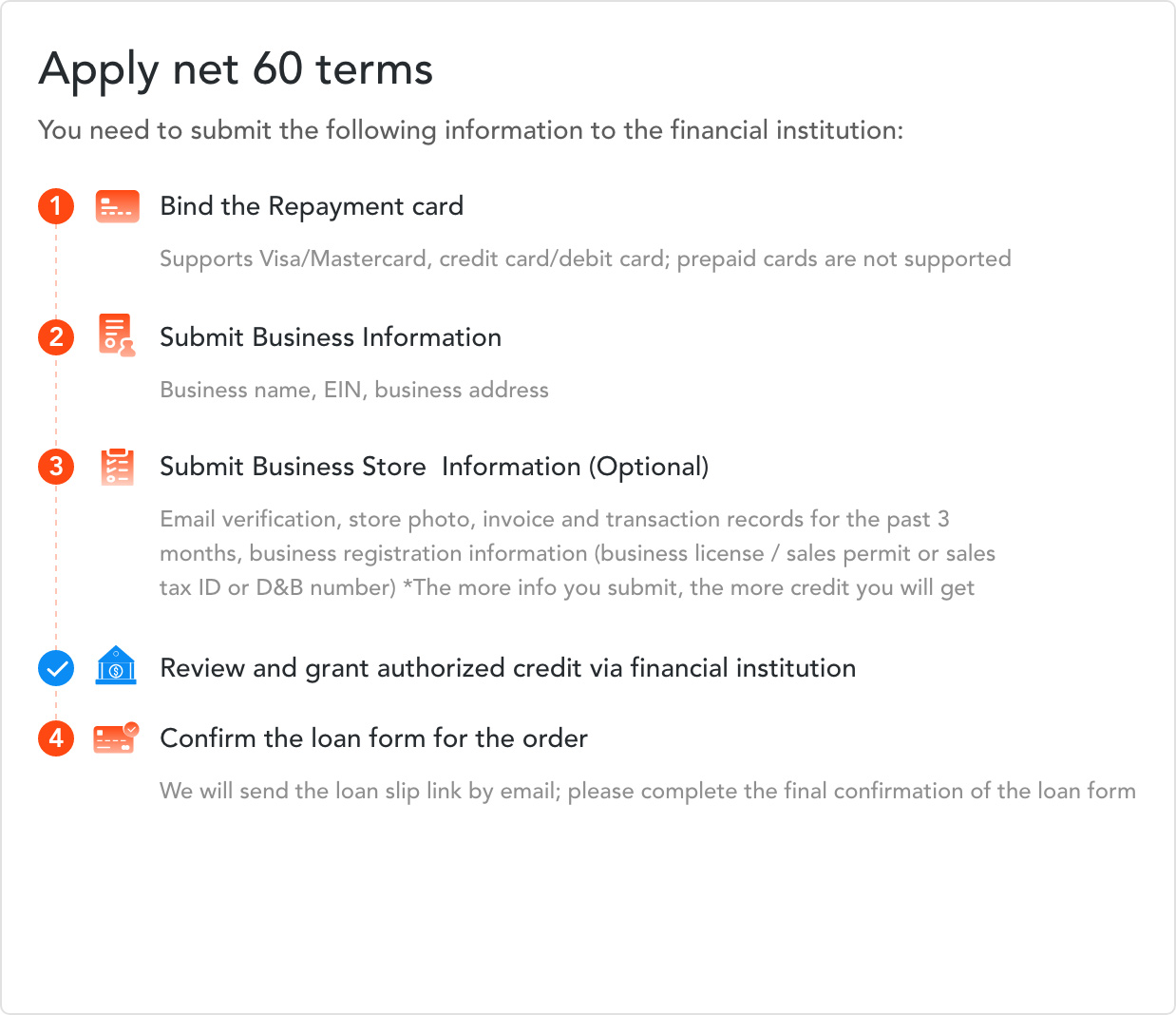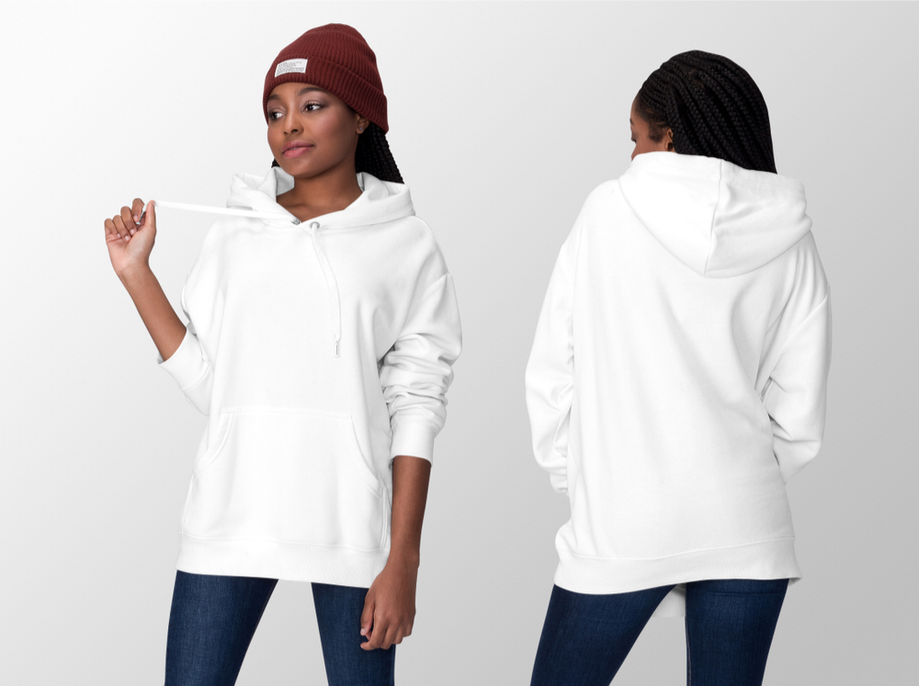
Clothing is a smart business play because it’s something everyone needs. The fashion world continues to grow, presenting a magnitude of opportunities to businesses selling wholesale clothing. Whether you want to sell t-shirts in bulk, or private label unique clothing items, buying in bulk will make your business a lot more profitable. Here’s what you need to know about making the most of a wholesale clothing business.
What is a Wholesale Clothing Business?
Simply put, a wholesale clothing business sells articles of apparel in bulk to other retailers who will resell them in a store format. Due to selling clothing in larger quantities, wholesale clothing providers are able to offer lower prices than organizations offering smaller quantities or custom options. In this way, resellers have a lot of opportunity for making a profit by reselling wholesale clothing. Some wholesalers manufacture their own clothing in-house, while others act as a sort of middle-man between manufacturers and retailers. Either way, if you hope to enter the apparel sector and make the most profit possible, you’ll need to understand wholesale clothing providers and how to work with them.
Note that wholesale clothing is in a different market than private labels or retailers. Retail clothing businesses sell directly to consumers (and many times these retailers have obtained their products from a wholesale clothing company in the first place). Private label clothing businesses, on the other hand, skip the wholesaling part and sell their own goods directly to consumers. Many retailers have more control over their process this way, but they are more likely to create their products in small orders, which can impact profitability.
The Process for Buying Wholesale Clothing for Your Business
As the apparel industry grows and evolves, new opportunities arise for savvy entrepreneurs. But where do you start? With so many options, it can be hard to know where to begin. Don’t lose traction due to analysis paralysis. Start taking some steps and get your wholesale clothing business off the ground. Here are the key steps involved with launching a successful online clothing store.
-
Understand the industry. Before you dive in, give serious thought to what you know about the market. While there are several opportunities, there are a few challenges in the industry as well. To be successful in this industry, it’s important to be knowledgeable and also flexible and nimble. Do you have a strong grasp of social media and the way that pop culture impacts clothing trends? It’s critical that you spend time learning about the clothing industry before launching a business.
-
Determine your niche. There are so many types of clothing out there, but you don’t want to sell them all. What type of apparel do you want to offer, and what audience buys that clothing? You might also choose to focus on how clothing is manufactured, for example, clothing produced using sustainable practices.
-
Develop a business plan. Any business comes with several moving parts. Moving forward without a thoughtful plan in place will result in frustration. Outline what your business will be, who you will serve, which wholesale clothing vendors you’ll work with, what your goals are and how you’ll know if you met them.[a Several organizations, including the SBA, or likely your local chamber of commerce, can offer templates for this process.
-
Get your finances in order. It’s true what they say: it takes money to make money. You’ll need to make some initial investments at first. Make sure you have a clear understanding of these costs and how you’ll accommodate them. Choose wholesale
vendors carefully, because some are more likely to work with you in the early days. For example, at Newlabel, we offer net 60 terms with no fees to help new businesses get off the ground.
-
Secure licenses and permits. Operating a clothing business requires different paperwork in different locations, but no matter where you are, you can expect certain regulations. First of all, your business should be registered as some form of entity, whether that’s an LLC or another business type. Make sure you perform extensive research on what will be necessary before you start investing in wholesale clothing purchases. Consult a lawyer if necessary.
-
Set up your location - whether online or a storefront. Ecommerce is more popular than ever, so an online store is a great play for newer retailers. However, brick and mortar stores can still be successful. Some retailers have both a physical location and a website selling more extensive merchandise. Think about where you will store your inventory, and where other employees might work if you have staff. It’s pretty straightforward to set up an online store - start by reviewing our past post here.
-
Set your prices. Once you have chosen suppliers and worked out terms with them, you can set your pricing. Make sure to do your research on what is currently happening in the market. You want to make a profit, taking all of your overhead into account - but you don’t want to price yourself out of a competitive landscape.
-
Curate product listings. As you set up your online store, pay extra attention to your product listings. These are the bulk of your retail presence. Choose high quality images and write descriptive copy with keywords for each article of clothing. Review your product pages and see how all of the images look together, on one screen.
Choosing Wholesale Clothing Options for Buying in Bulk
One of the most important steps you’ll take is choosing a company to obtain your merchandise from. Having a short list of reliable wholesale clothing vendors where you can get clothing is essential.
One of the initial pieces to understand is whether you want to work with domestic or overseas companies. There are benefits and drawbacks to each type of supplier. Who you’ll want to work with ultimately comes down to your own goals, budget, values, and quality standards. We suggest looking at both types of vendors to begin with. Even better, work with a curated marketplace that has already vetted manufacturers.
Domestic Clothing Suppliers
Many people prefer to work with domestic providers because of the advantages they offer. Because these items come from the same country as you, shipping times are likely to be much shorter. Communication is often easier because of a lack of language barrier, and even similar time zones make connecting simpler. In some instances, the quality of manufacturing is higher in domestic scenarios because of higher regulations. That being said, there simply aren’t as many domestic providers as overseas ones. Quality wholesale clothing providers that can manage your scope of work may be harder to come by, and will likely be more expensive. Because of the labor laws in the US, the workforce is more expensive and those costs are passed on to you.
Overseas Clothing Suppliers
Chances are, most of the retailers you’re familiar with use overseas wholesale clothing providers for their inventory. Overseas manufacturing offers lower costs, particularly compared to those in America. In addition, there are a lot of options to choose from. Plus, many of these organizations make it easy to start working with them without a lot of red tape. The downside of overseas providers is you’ll likely face a longer shipping time, and you won’t be able to visit a factory in person to vet them. Many people get around these challenges by working with a marketplace who completes this vetting process for them.
Source: Apparel, footwear and accessories retail e-commerce revenue in the United States
from 2017 to 2025; Statista 2023
Where to Buy Wholesale Clothing
-
Wholesale marketplaces - An online wholesale marketplace is your best bet for finding legitimate, high-quality suppliers that you can buy from quickly. On this type of platform you’ll find thousands of products from a broad range of vetted suppliers. Newlabel is an example of this type of platform, along with sites like Faire.
-
Online directories - Free online directories can provide insight into both domestic and overseas supplier options. You’ve probably heard of Alibaba. That’s an example of a large overseas product directory.
-
Search engines - You might be surprised what a Google search can turn up. Simply enter “Wholesale clothing suppliers” into your search engine and see if anything piques your interest.
-
Personal referrals - Know anyone in the business? Ask around! Also, don’t be afraid to reach out to people in the industry who might be able to help you, even if you don’t yet know them personally.
-
Social media - The groups and forums on social media can provide invaluable advice for selecting wholesale clothing suppliers. These groups are a great way to get knowledge from people who have been there before.
-
Trade events - If you have some time and money to invest, consider attending an industry event or trade show. The Trade Show News Network can help you to locate trade shows in your area, where you can find wholesale clothing representatives from several suppliers at once.
Buying Wholesale Clothing: Vetting Suppliers
Now that you have some ideas of where to find reputable suppliers, you can start the process of choosing which one is right for you. What’s involved with vetting suppliers for quality? We suggest following this process.
-
Draft an RFQ (Request for quotation). In most cases, your first communication with a supplier is regarding this document. Once you do this a few times, you’ll get the process down and it will become quite simple. Essentially, an RFQ is an email or form asking for the prices of items. Plan your email to get the best possible response, and treat it as a serious business communication.
-
Understand MOQ (Minimum order quantity). Along with prices, you want to be clear on MOQ, which is the lowest quantity order a supplier will fulfill. You may not be able to accommodate larger orders at first so finding out MOQ is key. MOQ is likely to differ from supplier to supplier.
-
Shipping times. What is the delivery time on items? What are the supplier’s shipping terms? This conversation is also a good time to ask about different policies like payment terms, how they charge for products, etc. You want to make sure you don’t have any surprises if you enter into business with them.
-
Sample orders. Requesting sample products is a common and accepted practice. Some suppliers will provide discounted rates for them, but some won’t. We suggest ordering some if you can afford them. It’s important to get a feel for the actual items you’ll be selling to customers. This is normally the last step that lets you know if a supplier is right for you, and you can move on to the next supplier on your list if not.
If you’re planning to sell clothing either in a store or online, then eventually you’ll need to buy wholesale clothing from a supplier. Start with this guide to find suppliers that are right for you, and if you need more guidance, reach out to our experts. At Newlabel, we connect you with the top 1% of wholesale clothing manufacturers, and support you through the entire purchase process.





